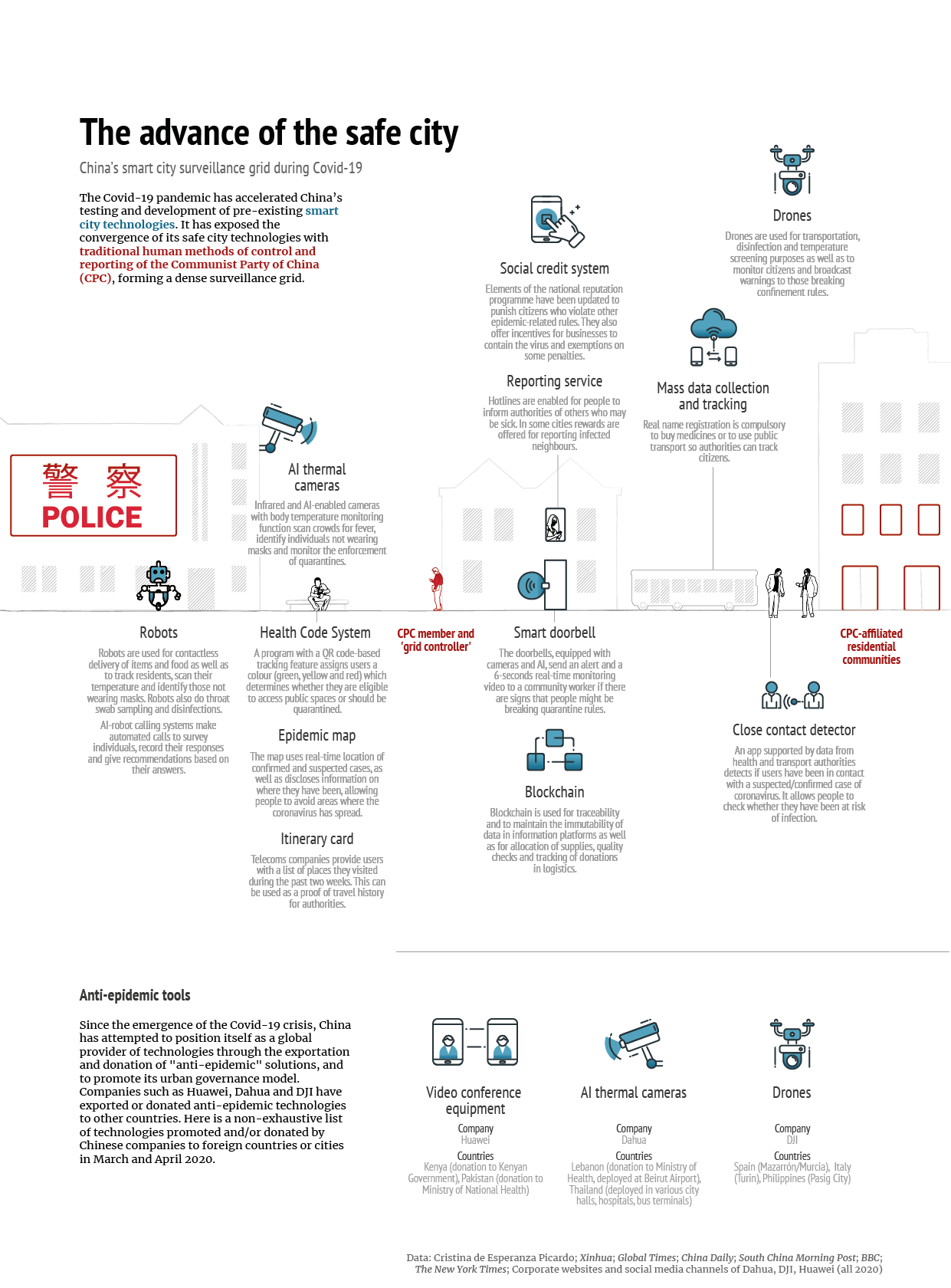Exploring Cities with Smart City Navigation Apps in China
Here at jusha.travel, we love sharing tips to make your China journey unforgettable! One of the most common questions we get from travelers is about navigating China’s bustling cities. From the futuristic skylines of Shanghai to the ancient alleys of Beijing, China’s urban centers are a fascinating blend of tradition and innovation. But how do you find your way around a city where street signs are in a different script and public transport systems are incredibly extensive? The answer lies in the incredible power of Smart City Navigation Apps.
Forget fumbling with paper maps or relying solely on outdated guidebooks. In China, your smartphone transforms into your ultimate travel companion, thanks to incredibly sophisticated navigation applications. These apps are not just about getting from point A to B; they are comprehensive urban guides, offering real-time information, local insights, and seamless integration with daily life. Whether you’re planning your trip with China travel apps 2025 in mind or looking for local navigation tips right now, mastering these digital tools is key to a smooth and enriching experience. In this post, we’ll dive deep into how these apps work, what makes them so indispensable for China urban navigation, and how you can leverage them to explore China’s magnificent cities like a seasoned local.

Navigating China: More Than Just Directions
China’s smart cities are at the forefront of technological advancement, and their navigation apps reflect this commitment to efficiency and user experience. Unlike standard GPS tools, these apps are deeply integrated with China’s digital ecosystem, offering features that go far beyond simple mapping. They provide real-time traffic China updates, public transport schedules, and even recommendations for local eateries and attractions. This comprehensive approach makes them essential for anyone exploring China’s urban landscapes.
The Digital Compass: Key Features to Look For
- Real-time Navigation: Whether you’re walking, cycling, or using public transport, these apps offer precise, up-to-the-minute directions, helping you avoid wrong turns and minimize travel time.
- Live Traffic Updates: Avoid the headache of traffic jams with real-time congestion alerts and alternative route suggestions. This is particularly crucial in mega-cities like Beijing and Shanghai.
- Comprehensive Points of Interest (POIs): From hidden gem restaurants to major tourist landmarks, the apps provide detailed information, reviews, and sometimes even booking options.
- Integrated Transport Options: Seamlessly switch between public transport (subway, bus), ride-hailing services, and even bike-sharing, all within the same app.
- Offline Map Capabilities: Ideal for travelers without constant internet access, allowing you to download maps and navigate even when offline.

Your Go-To Guides: Top Smart City Navigation Apps
When it comes to China urban navigation, two giants stand out: Baidu Maps and Amap (Gaode Maps). While Google Maps is widely used globally, it’s often unreliable and lacks comprehensive data within mainland China due to local restrictions. For a seamless experience, you’ll want to rely on the local champions. As highlighted by Trip.com’s guide to China map apps, these domestic alternatives offer unparalleled accuracy and detail.
Amap (高德地图) – The Speedy Navigator
Often lauded for its speed and precision, Amap, also known as Gaode Maps, is a favorite among locals and increasingly, foreign visitors. It’s frequently the default navigation service on Chinese smartphones and leverages the BeiDou satellite navigation system, China’s answer to GPS, as detailed by JetRuby Agency. Think of it as the go-to Amap travel guide for exploring China.
- Key Strengths: Highly precise positioning, rapid route suggestions, and excellent real-time traffic China updates.
- Traveler’s Advantage: While primarily in Chinese, Amap now offers English interfaces, making it much more accessible. Its robust offline map downloads are a lifesaver when you’re exploring areas with spotty Wi-Fi or data, as noted by Registration China.
- Unique Feature: Its multimodal routing combines various forms of transit for the fastest journey, including public transport arrival times.
Baidu Maps (百度地图) – The Detailed Explorer
Baidu Maps is China’s most widely-used map and navigation application, often compared to Google Maps in its comprehensive scope. It excels in providing remarkably up-to-date maps, detailed public transportation planning, and extensive listings for everything from tiny local eateries to major landmarks. Trip.com confirms its local coverage is unrivaled. For those planning their itinerary with China travel apps 2025 in mind, Baidu Maps remains a top contender.
- Key Strengths: Unmatched local detail, “Street View” imagery for pre-trip exploration, and recommendations for the quickest subway exit at your destination (Registration China).
- Traveler’s Advantage: Baidu Maps also offers multiple language support, including English, significantly easing the language barrier. Copying and pasting Chinese addresses is a highly recommended local navigation tip to ensure accurate searches (Trip.com).
- Unique Feature: Its extensive POI database is frequently updated, helping you discover even small neighborhood gems.
Tencent Maps (腾讯地图) – The Integrated Player
Tencent Maps is another strong competitor, offering similar features to Baidu and Amap. Its strength lies in its deep integration within the broader Tencent ecosystem, which includes popular apps like WeChat and QQ, as explored by JetRuby Agency. While its English support might be more limited compared to Amap or Baidu, it remains a reliable option, especially for users already embedded in the Tencent universe.

Beyond Navigation: Unlocking China’s Urban Experience
These apps aren’t just about showing you where to go; they significantly enhance your overall travel experience in China. They embody the convenience of a “smart” city, making urban exploration intuitive and stress-free.
Connecting with Local Transport
One of the most valuable aspects of these Smart City Navigation Apps is their seamless integration with China’s impressive public transport networks. You can plan routes that combine subway lines, bus routes, and even high-speed rail connections. They often provide
real-time estimates for public transport arrivals, which is incredibly helpful for planning your day. Furthermore, both Baidu Maps and Amap allow you to hail taxis or ride-share services directly within the app, making getting around even more convenient (Registration China).
Discovering Hidden Gems and Local Flavors
Beyond simply getting you to tourist hotspots, these apps are powerful tools for discovering authentic local experiences. Their extensive databases of points of interest include local markets, quaint tea houses, and bustling street food stalls that might not be in traditional guidebooks. You can read reviews from other users and often see photos, helping you make informed decisions about where to eat or what to explore. This makes them an invaluable Amap travel guide (or Baidu equivalent) for adventurous eaters and culture enthusiasts!
Overcoming the Language Barrier
While the apps themselves are increasingly user-friendly for English speakers, encountering Chinese characters is inevitable. Here’s a crucial local navigation tip: utilize translation apps like Google Translate (with its camera function) to scan and interpret screen content or physical signs. For addresses, always try to copy and paste Chinese characters directly into the navigation app for the most accurate results, as English transliterations can sometimes be tricky (Trip.com).

Preparing for Your Trip: Tips for 2025 and Beyond
As you plan your China adventures, especially looking towards China travel apps 2025 where technology will only continue to advance, remember these key preparations:
- Download Before You Go: Download your chosen navigation apps and, if possible, offline maps for the cities you plan to visit before you even land in China. This ensures you’re ready to navigate from the get-go.
- VPN Considerations: While local Chinese apps don’t require a VPN, if you plan to access Western apps (like Google Translate for language assistance, though many local apps have built-in translation), you’ll need a reliable VPN service.
- Practice Makes Perfect: Spend some time familiarizing yourself with the app’s interface and features before you embark on your journey. The icons and layout might feel different from what you’re used to, but they are generally intuitive.
- Local SIM Card or eSIM: While offline maps are great, having a local SIM card or eSIM will give you real-time updates and full functionality, especially for traffic, public transport, and ride-hailing. Check out guides like CheckinAway’s essential mobile apps for traveling in China for more connectivity tips.
Conclusion
Navigating China’s vibrant cities doesn’t have to be daunting. With the power of Smart City Navigation Apps like Amap and Baidu Maps at your fingertips, you gain access to an unparalleled level of detail, real-time traffic China updates, and convenient transport options. These tools transform the potentially confusing experience of urban China urban navigation into an exciting journey of discovery. By following these local navigation tips and embracing the top China travel apps 2025 has to offer, you’ll be exploring historical sites, tasting delicious local cuisine, and immersing yourself in Chinese culture with confidence and ease.
The innovation these apps represent is a testament to China’s rapid technological advancement, making it an incredibly accessible destination for curious travelers. So, next time you’re planning your adventure, rest assured that modern technology has made exploring China’s urban marvels simpler and more enjoyable than ever before.
What are your favorite smart city navigation tips for traveling in new places? Share your thoughts in the comments below! For more comprehensive guides and inspiring content to plan your next incredible journey, visit jusha.travel.

